Printable Comma Worksheets Grade 5
Comma worksheets are a helpful tool for students in Grade 5 who are looking to improve their understanding and usage of punctuation. These printable worksheets provide practice exercises and examples that focus specifically on the correct placement of commas within sentences to separate items in a list, set off introductory phrases, and more. By using these worksheets, students can strengthen their writing skills and become more confident in their ability to effectively use commas.
Table of Images 👆
More Other Worksheets
Kindergarten Worksheet My RoomSpanish Verb Worksheets
Cooking Vocabulary Worksheet
DNA Code Worksheet
Meiosis Worksheet Answer Key
Art Handouts and Worksheets
7 Elements of Art Worksheets
All Amendment Worksheet
Symmetry Art Worksheets
Daily Meal Planning Worksheet
What is a comma?
A comma is a punctuation mark that is used to separate elements in a sentence, such as words, phrases, or clauses. It helps to clarify the meaning of a sentence and indicates a slight pause when speaking.
How is a comma used to separate items in a list?
A comma is used to separate items in a list to clearly distinguish individual elements. For example, in the list "apples, oranges, and bananas," the commas separate each item to indicate that they are distinct entities within the list. This helps to maintain clarity and avoid confusion when identifying the different components of the list.
How is a comma used to separate adjectives?
A comma is used to separate adjectives when they are coordinate adjectives, which means they are both independently modifying the same noun. When two or more adjectives equally describe a noun and can be switched in order without changing the meaning, a comma is used to separate them. For example, in the phrase "the beautiful, sunny day," the adjectives "beautiful" and "sunny" are coordinate adjectives and are separated by a comma.
How is a comma used before a coordinating conjunction?
A comma is used before a coordinating conjunction when joining two independent clauses, creating a compound sentence. The comma serves to separate the two clauses, making the writing clearer and helping to avoid confusion for the reader.
How is a comma used to set off introductory words or phrases?
A comma is used to set off introductory words or phrases at the beginning of a sentence to separate them from the main clause or to provide a pause for clarity or emphasis. This helps to signal to the reader where the introductory element ends and the main part of the sentence begins, making the sentence easier to understand and enhancing the flow of the writing.
How is a comma used to separate dialogue tags?
A comma is used to separate dialogue tags from the actual dialogue in order to indicate who is speaking and how they are speaking. For example: "I can't wait to see you," he said. The comma here separates the dialogue tag "he said" from the direct speech "I can't wait to see you." This helps to clarify the flow of the conversation and make it easier for readers to follow.
How is a comma used to separate city and state in a sentence?
A comma is used to separate the city and state in a sentence to clearly indicate the different parts of the address. For example, in the address "123 Main Street, Anytown, CA 12345," the comma is used to distinguish between the city (Anytown) and state (CA), making it easier to read and understand the location.
How is a comma used to separate day and year in a date?
A comma is typically used to separate the day and year in a date when written in month-day-year format. For example, January 1, 2022. This helps to clearly distinguish the elements of the date, making it easier to read and understand.
How is a comma used to separate a direct quotation?
A comma is used to separate a direct quotation from the rest of the sentence. It is placed inside the quotation marks before the quote begins and after it ends. For example: She said, "I will see you tomorrow." The comma helps to signal the reader that the quoted words are being attributed to a specific person.
How is a comma used to separate a dependent clause from an independent clause?
A comma is used to separate a dependent clause from an independent clause in a sentence by placing it before the dependent clause. This helps to clarify the relationship between the two clauses and avoid confusion for the reader. It indicates that the dependent clause is providing additional information or context to the main idea expressed in the independent clause.
Have something to share?
Who is Worksheeto?
At Worksheeto, we are committed to delivering an extensive and varied portfolio of superior quality worksheets, designed to address the educational demands of students, educators, and parents.

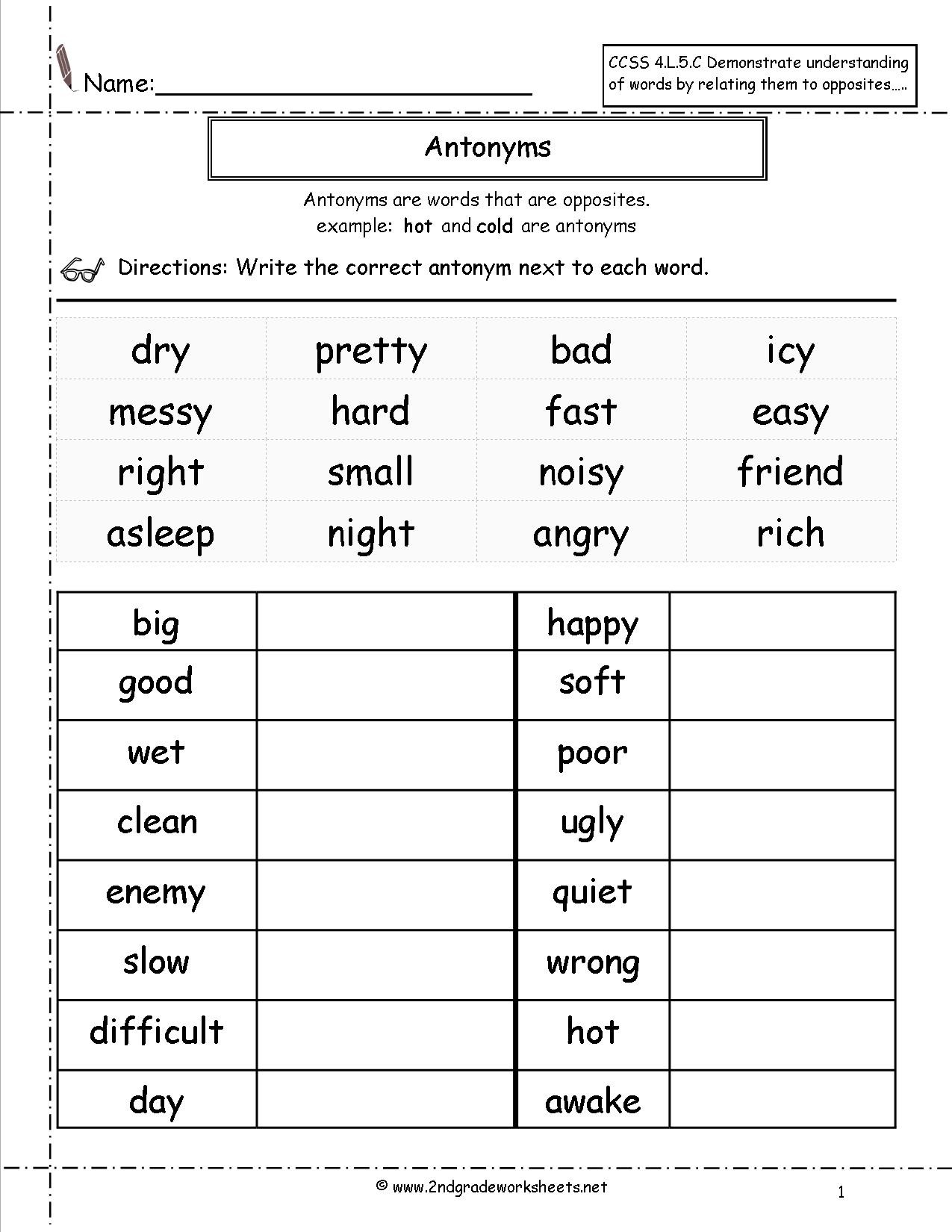



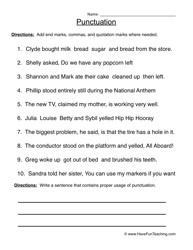
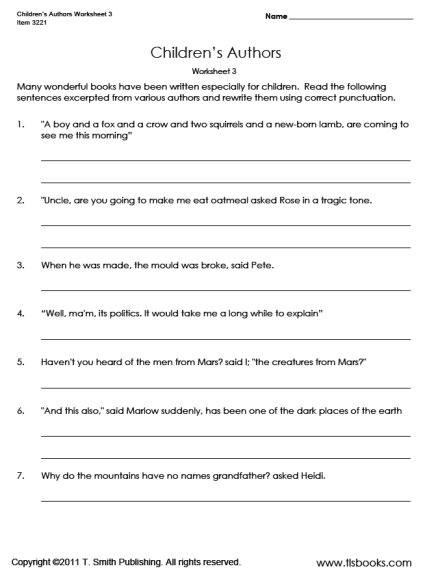
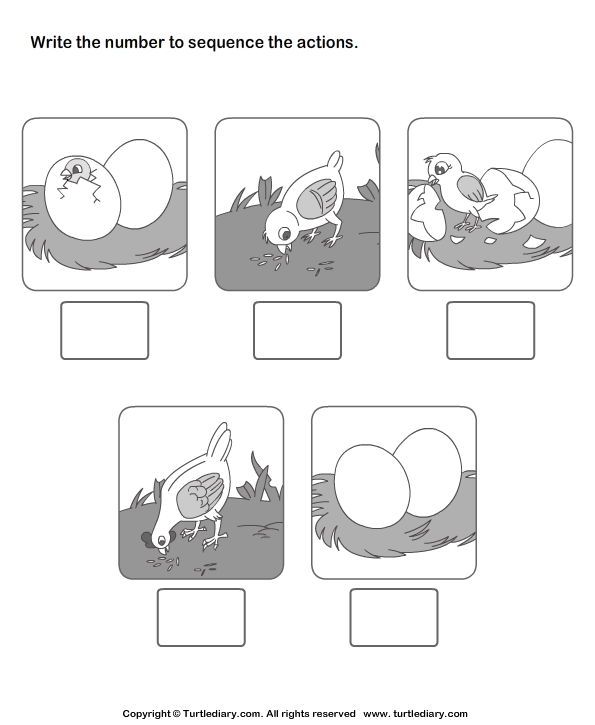
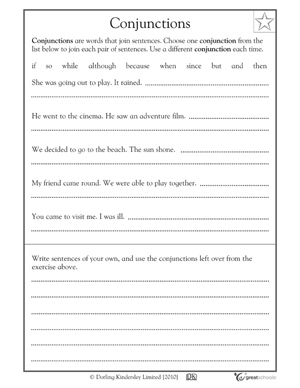
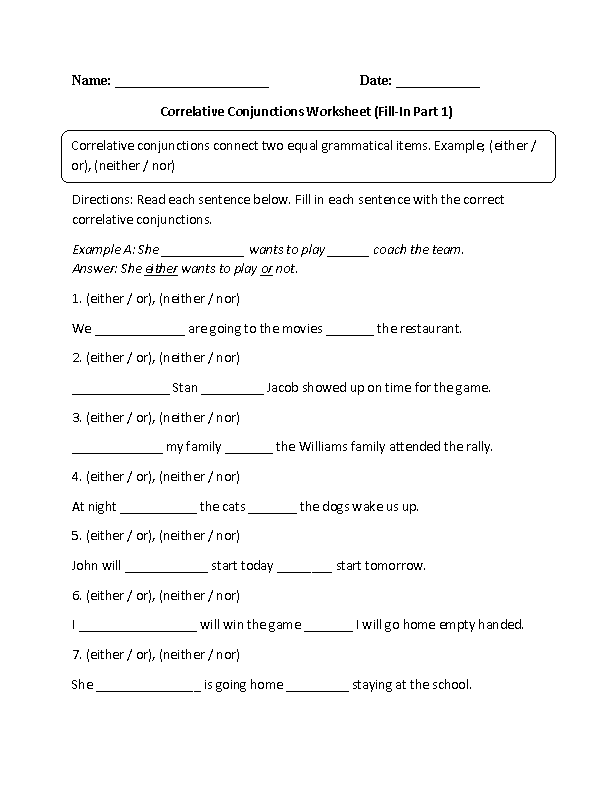
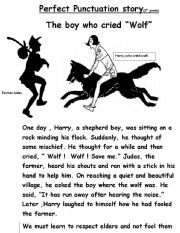
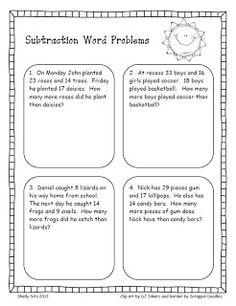
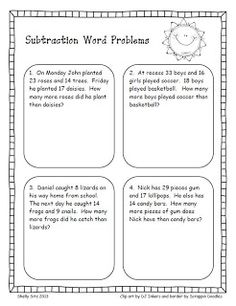
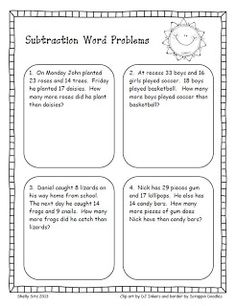
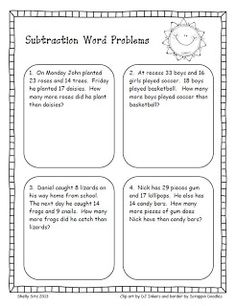
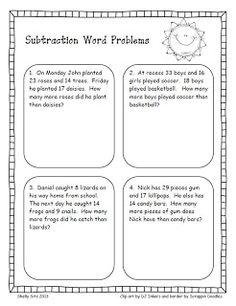
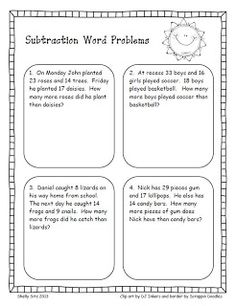
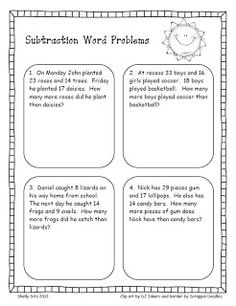
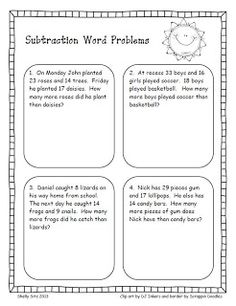
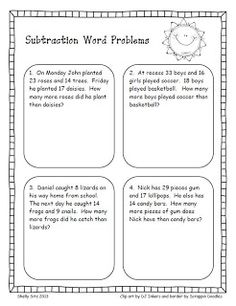
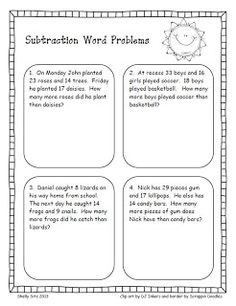
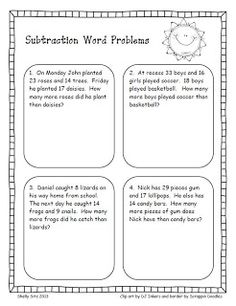
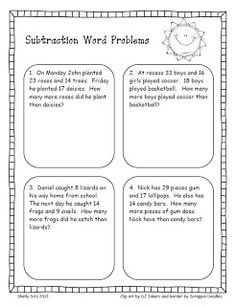














Comments